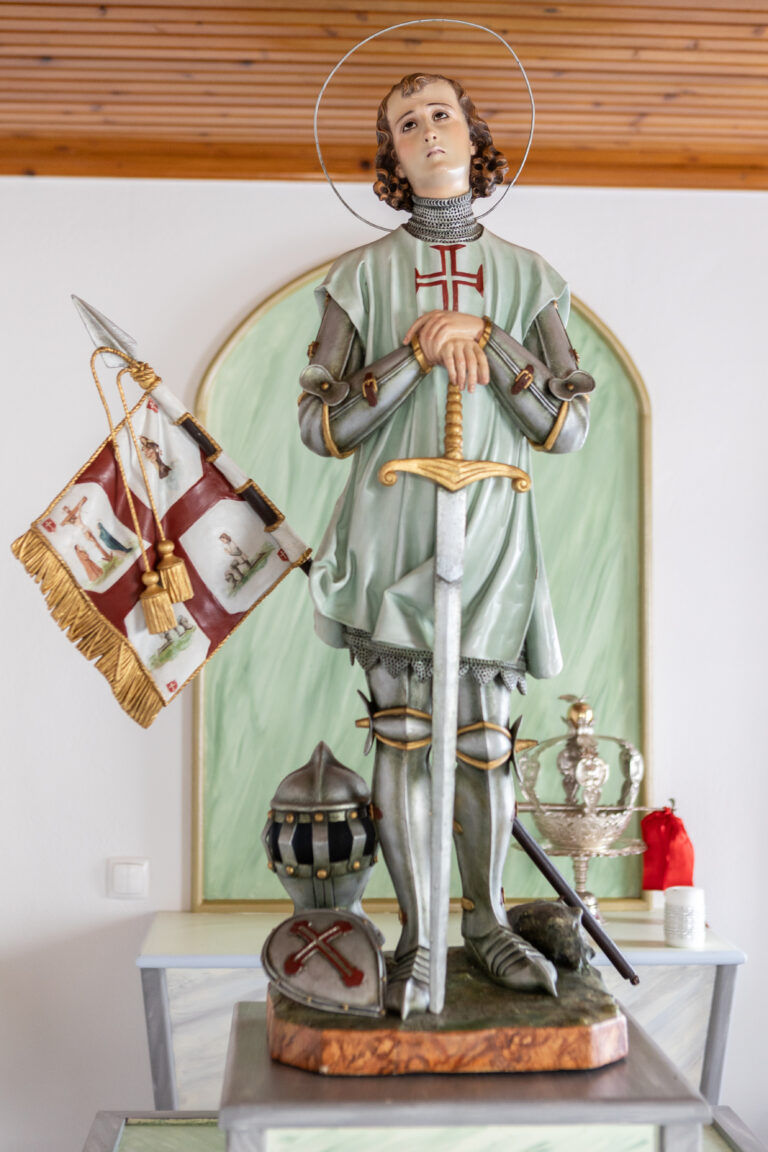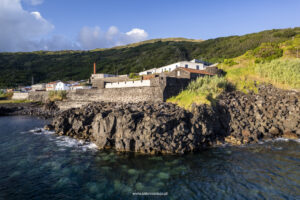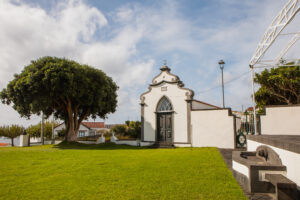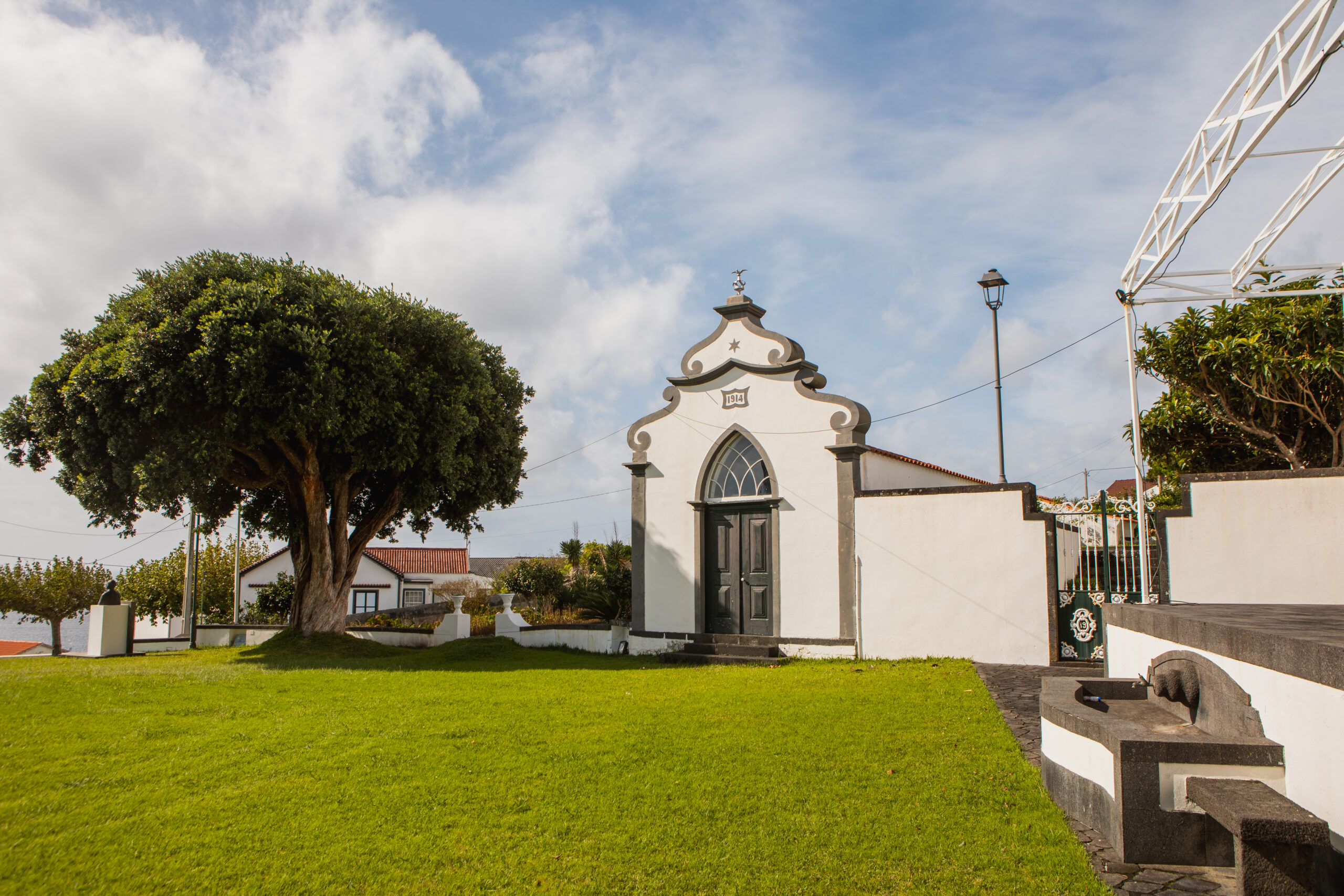
Under the Influence of the Holy Spirit
The development of the cult of the Holy Spirit is linked to Joaquim de Fiore, an Italian abbot, born in the 12th century, who believed in a new appearance of the Holy Spirit, which would give rise to the Age of the Spirit.
- Madalena, São Roque e Lajes
- 2 days
- Recommended months to visit January - December
- Some locations subject to schedule
- Low difficulty level
Historical context
Influenced by Spanish traditions in honor of the Divine Holy Spirit, Queen Saint Isabel, of Aragon, when coming to Portugal to marry King D. Dinis, established, in 1296 in the municipality of Alenquer, the Brotherhood of the Holy Spirit. At that time, the celebration was held in the royal chapel, which all the poor were invited to attend. The bishop placed the royal crown on the heads of these people, thus proceeding with the coronation in praise of the Holy Spirit.
Then, a royal banquet was held, the king and queen’s desire to serve the most disadvantaged, the so-called “Bodo of the poor” / “Bodo dos Pobres”. Later, in 1432, the settlement of the Azores began. Through the action of the Franciscan friars who were responsible for establishing the Catholic religion in the region and who brought with them the ideals of Fiore, the tradition of worshiping the Holy Spirit expanded and, even today, remains very much alive, even in communities of Azorean emigrants.
Traditions of worship of the Holy Spirit take place in the months of May and June, on the two Sundays known as the "Domingos de Bodo", more precisely, Pentecost Sunday and Trinity Sunday
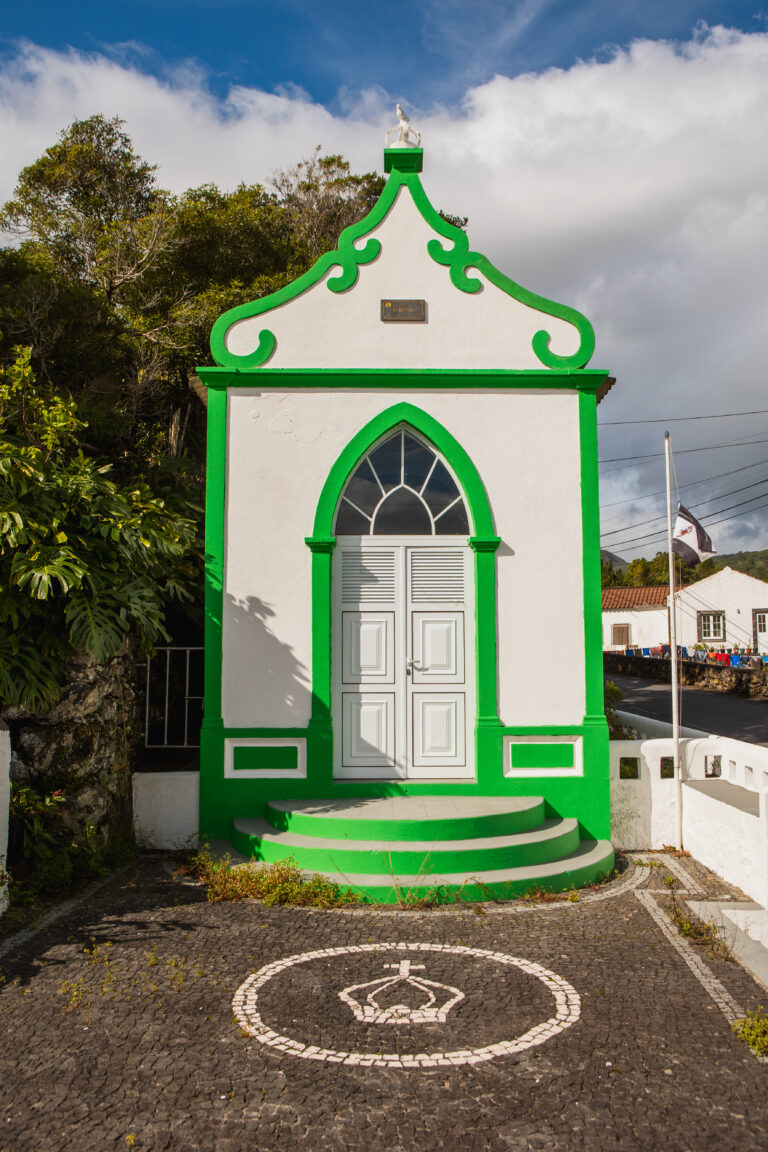
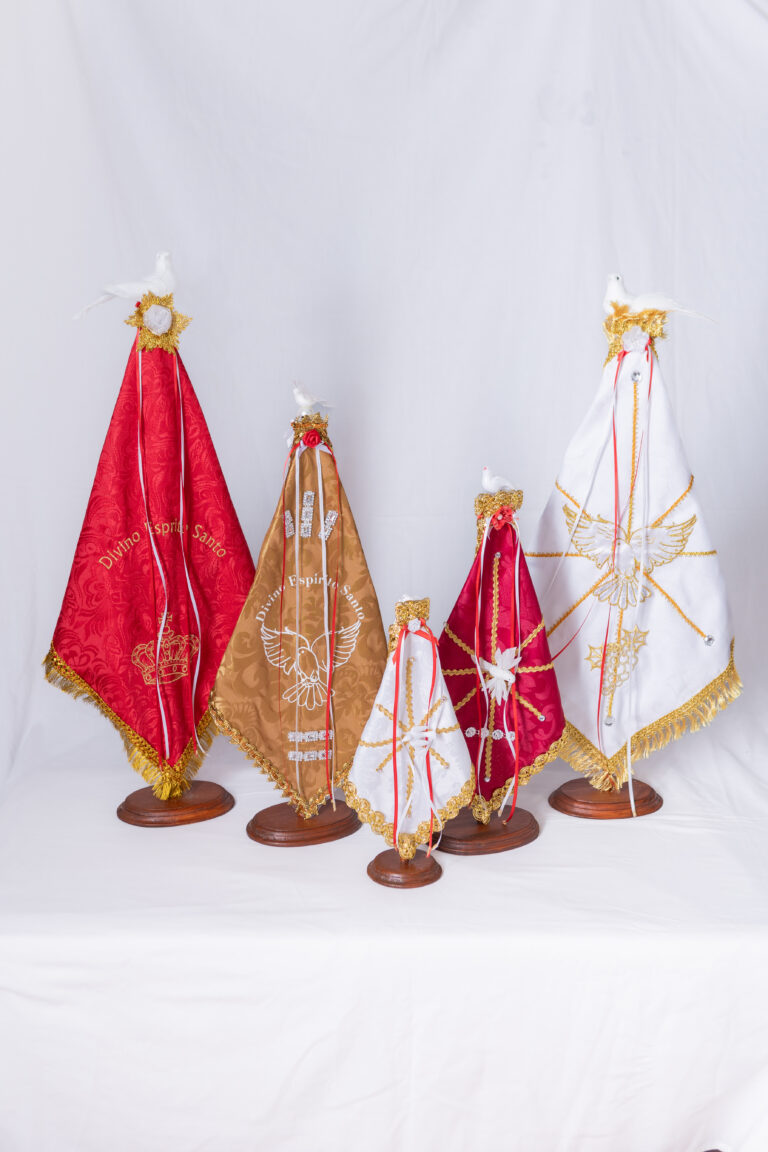
Coronation of the Holy Spirit
Although there are times when the Festival goes to the Church, such as the Coronation, the festivities of the Império take place, as a rule, outside the temples, based on the place where the crown is located, in the Império or buttler’s house.
On Sunday morning, the procession takes place, which leaves the house of the Emperor or the Império with all the insignia of worship (the crown, the scepter, the salver, rods and flags), to the Church, where the celebration takes place. When the celebration ends, a new procession begins to the place where the lunch takes place, or to the Império.
Sopas Secas
A soup is a dish that involves having something, usually bread, soaked in broth or sauce. During the time of the Holy Spirit and as a way of celebrating the Paraclete, soups are made on all the islands. There are always some variations, depending on the island, the place, and even on the island itself, whether in seasonings or the way of cooking. In Pico, however, the most significant curiosity lies in the fact that, in some places, they are usually “sopas secas” (Dry soups); that is, the broth is poured on the bread, but in such a quantity that it all gets absorbed into the bread, and none left outside of it. There are places in Pico where people eat them with a spoon, although other cutlery is also present. These are delicious, like all soups from the time of the Holy Spirit.
Also try the Rosquilhas, download the brochure for more information
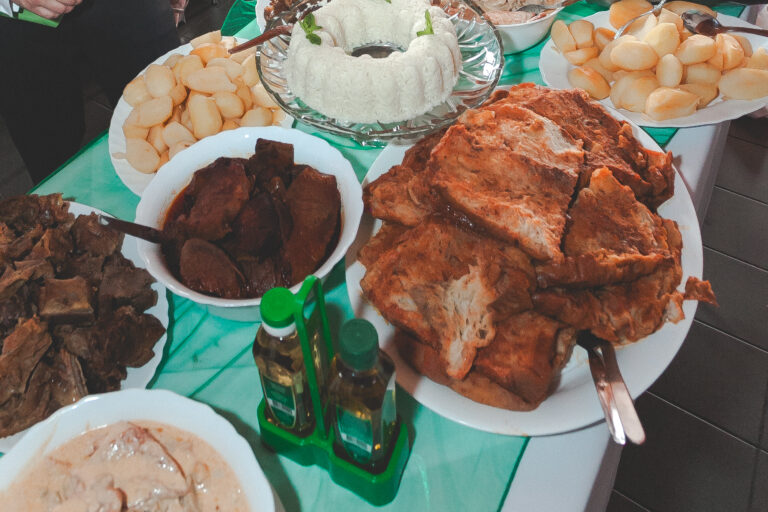
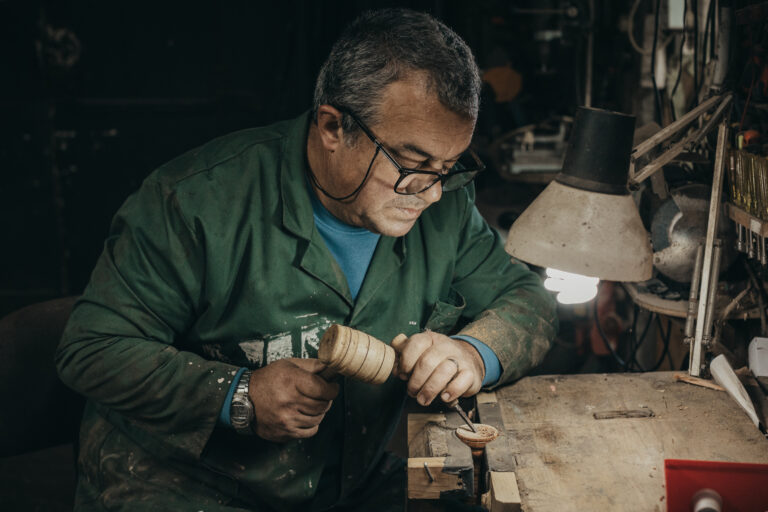
The wood stamps
The chavões (wood stamps), carved in fine wood and intended to mark the Vésperas (Eve’s Cake), exist on the north side of the island of Pico facing São Jorge and in the so-called Ponta da Ilha, Piedade, since this is the part of the island where Vésperas are held and are an essential part of the Bodo (distribution of alms). A tradition shared between São Jorge, Pico and Graciosa, in the past, these markings would indicate who had made the bread or cakes, perhaps to free themselves from the promise or obligation to contribute to the group and the Festival. In other regions of Europe, such as Flanders, there are remnants of this same tradition, especially in regions with communal ovens, where several houses and families put everything together in the same oven. Now, they appear mainly kept in museums.
João Alves is a craftsman who continues to produce these wood stamps
São Nuno
Nuno Álvares Pereira, the celebrated hero and Constable of Portugal during the struggles for independence during the 14th century, was, for many years, referred to as Blessed Nuno de Santa Maria before the Catholic Church. However, here in Pico, in the township of Mirateca, in the middle of the Atlantic and far from Aljubarrota and the Carmelite monastery of Lisbon, he was always considered a saint, with a small chapel, which boasted a mix of characteristics of an Império (small temple in honour of the Holy Spirit) and Chapel, procession, Bodo and Feast. This is how traditions and sentiments intersect, with the Crown of the Divine Paraclete ennobling the frontispiece of the Chapel of Saint Nuno, whose image is inside, where the traditional silver Crown of the Holy Spirit is also usually located.
Visit other points of interest featured in the brochure
